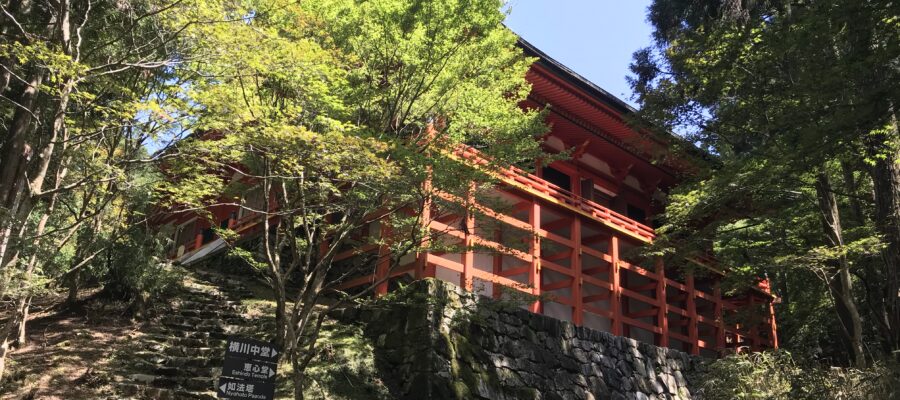ホテルが選べてフライトもJAL!格安国内旅行のJ-TRIP(ジェイトリップ)
20年以上ぶりの比叡山
延暦寺の横川中堂が新西国霊場の18番札所なので、久々に比叡山に行きました。前回は、結婚前に妻と来たので、かれこれ20年以上前の話です。叡山電鉄終点からケーブルカーとロープウェイで一気に山頂まで上りました。下界に比べ、いくらか涼しい感じがします。
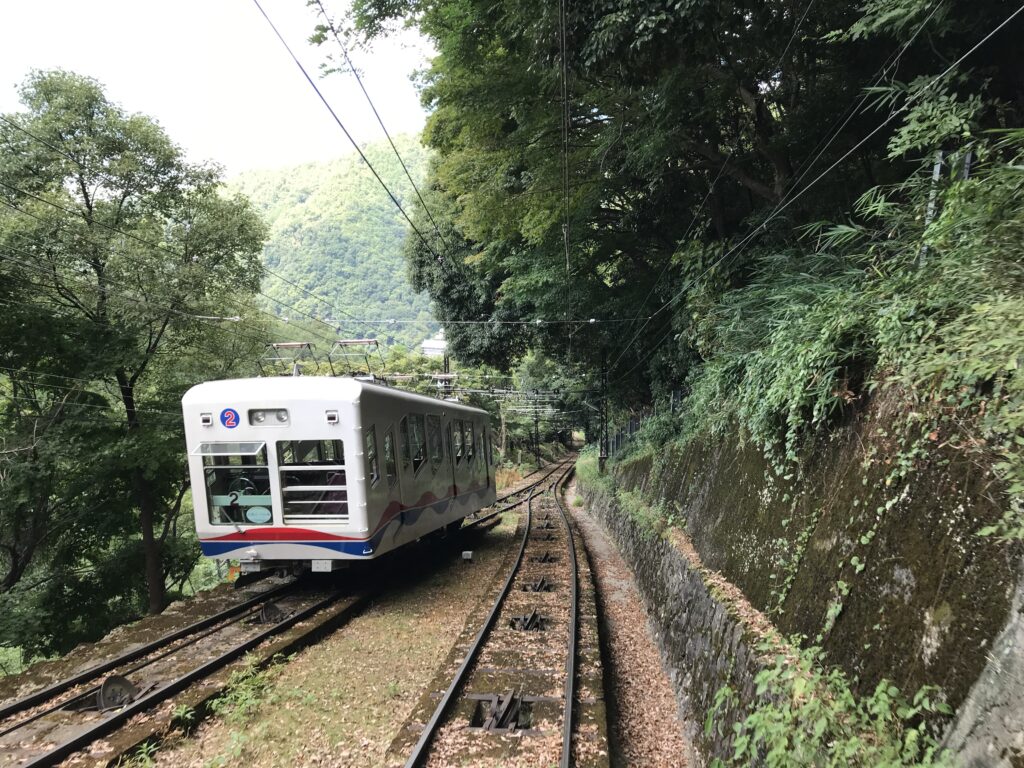
シャトルバスで横川地域へ
そこからシャトルバスに乗り、一番遠い横川地域に向かいます。前回は東塔のみの訪問でしたが、今回は横川、西塔、東塔のすべてを回るつもりです。横川のバス停から横川中堂に向かう途中、比叡山で修行し、鎌倉仏教の各宗派を立ち上げた方々の足跡を記したパネルが並んでいます。如何に、比叡山が有能な僧侶を輩出したかがわかります。
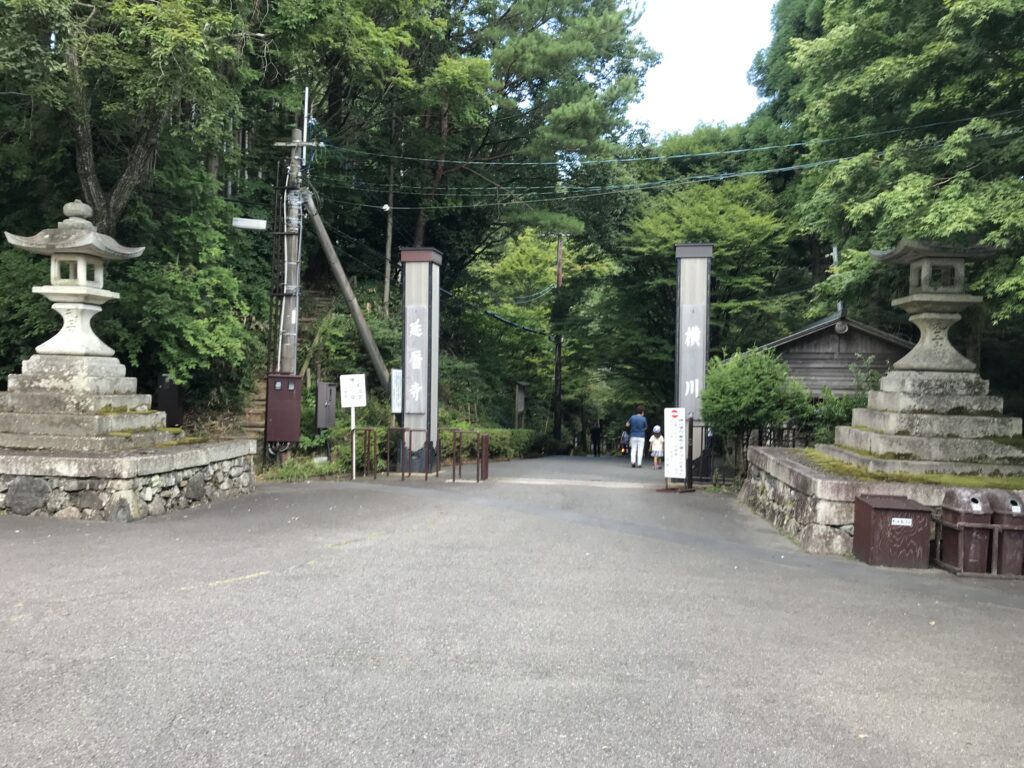
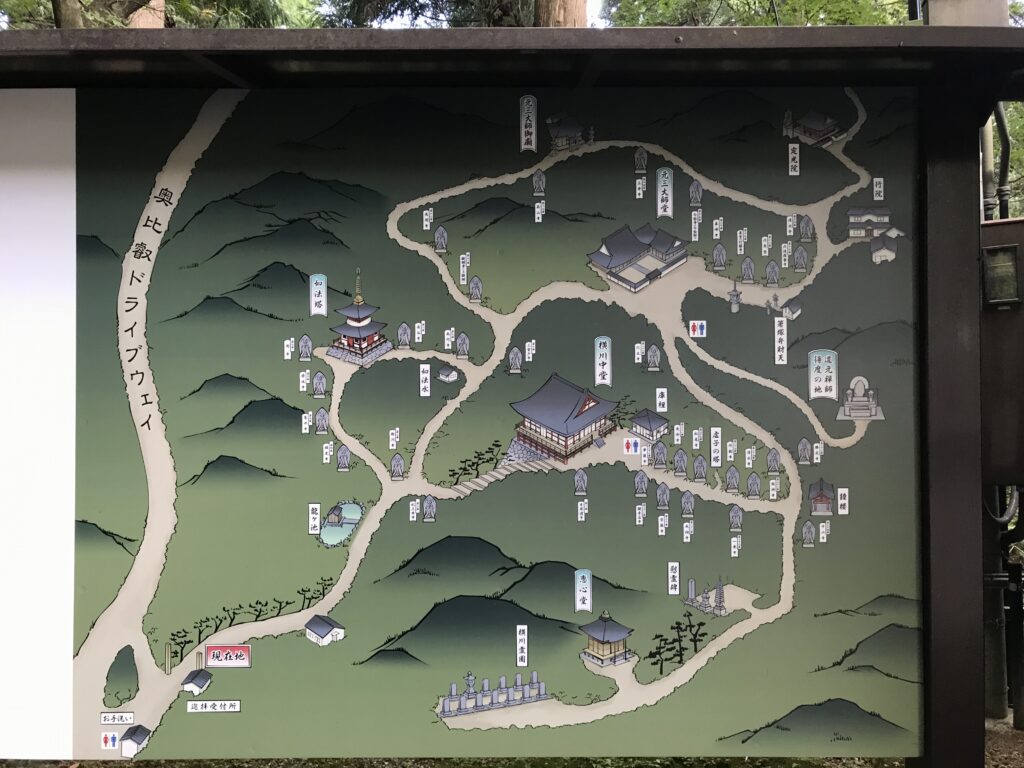
横川中堂でお参りをした後、御朱印をいただきました。その際、新西国霊場で御朱印の際にいただける御御影について、寺の方に尋ねましたが、ここでは有料です言われました。他のお寺は無料でしたが、ここだけはお金を払って購入しました。
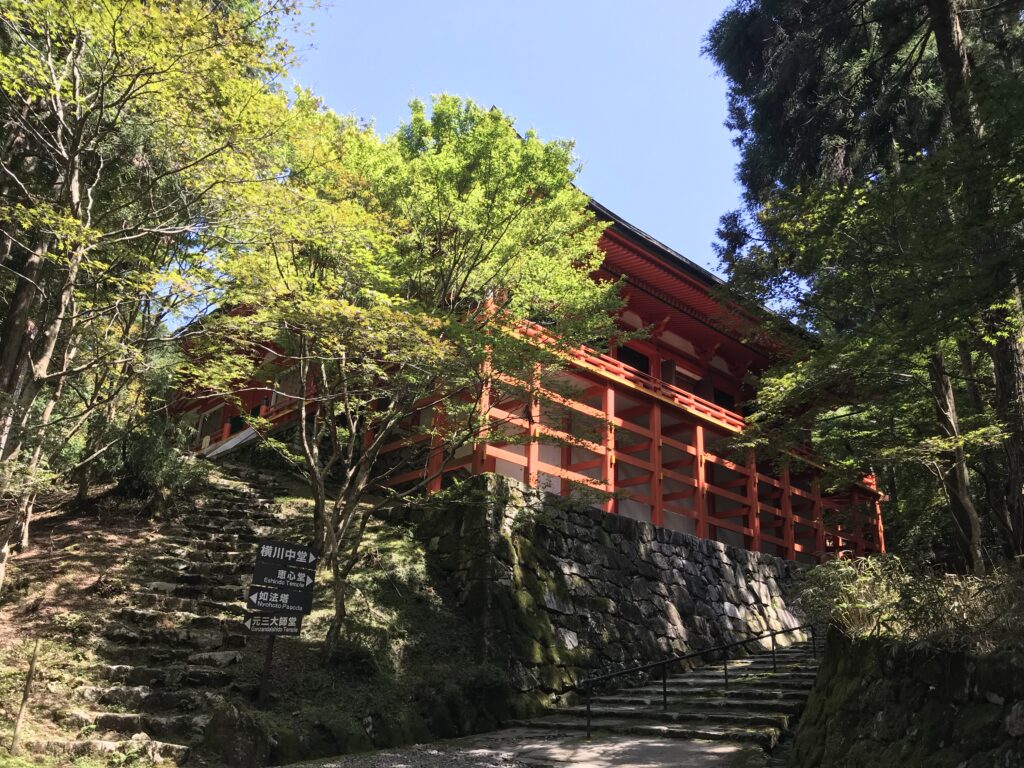
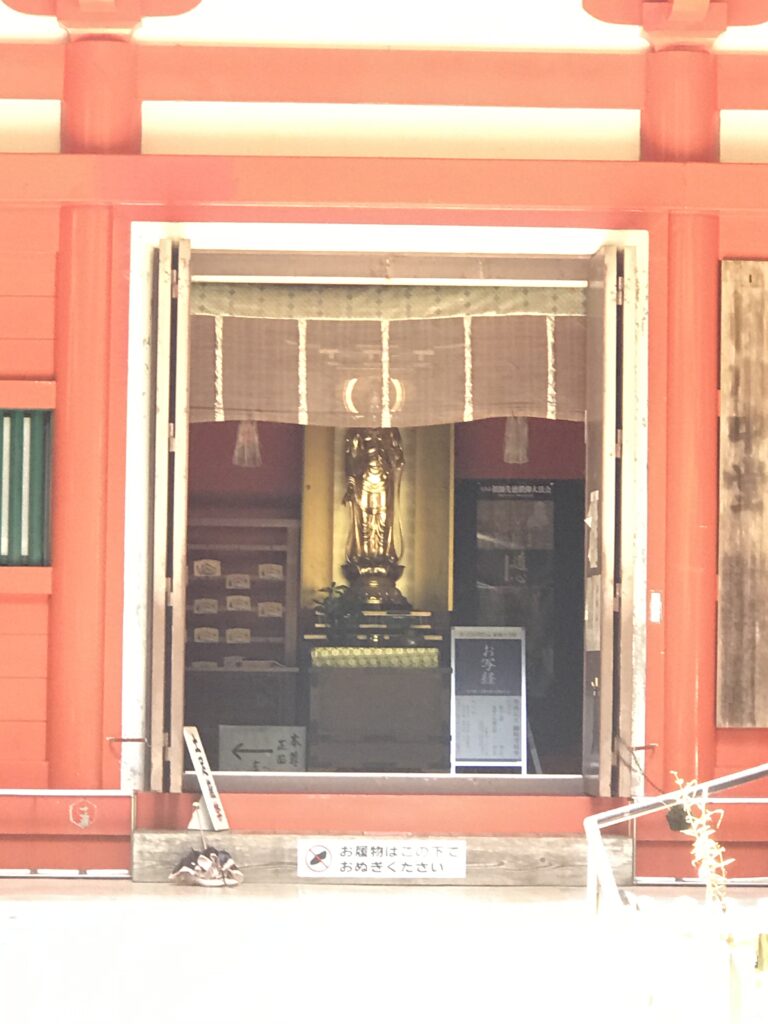
元三大師が角大師
樹々の中がを歩くのが気持ちいいので、横川地区をしばらく散歩していると、おみくじ発祥の地、四季講堂(元三大師堂)に来ました。ここに元三大師と角大師(写真の石碑の絵)の関係について説明する石碑がありました。角大師は元三大師の姿を映しとったと初めて知りました。以前、疫病退散の護符として、別のお寺で角大師の姿を描いた紙片をいただいたことがありました。
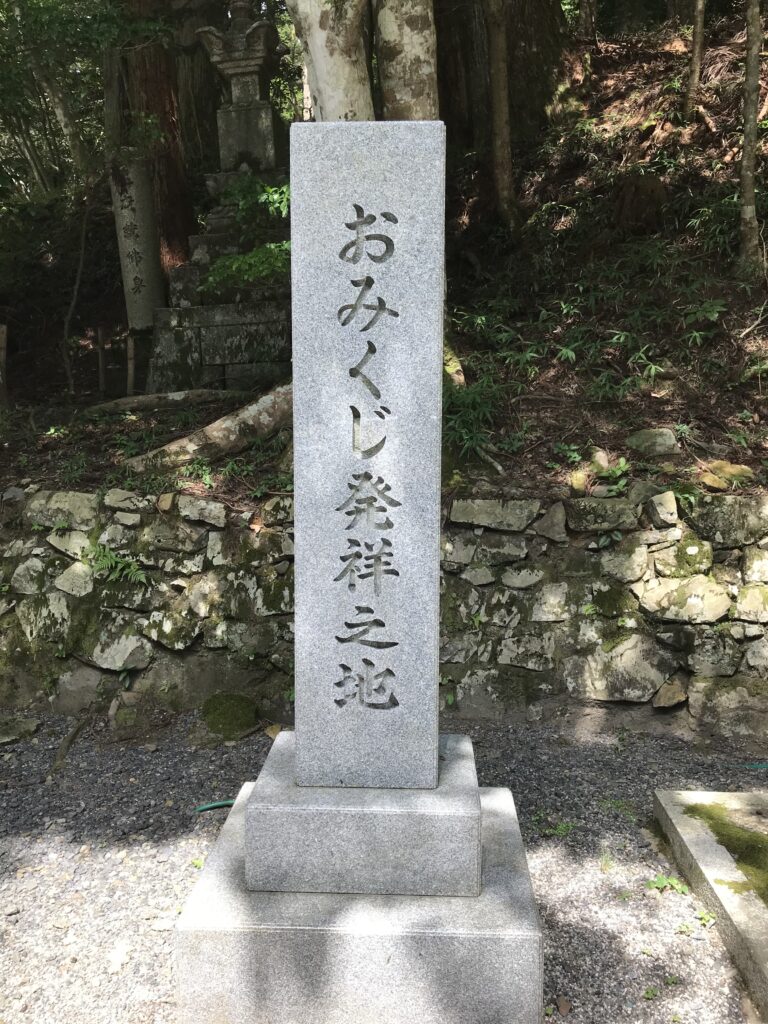
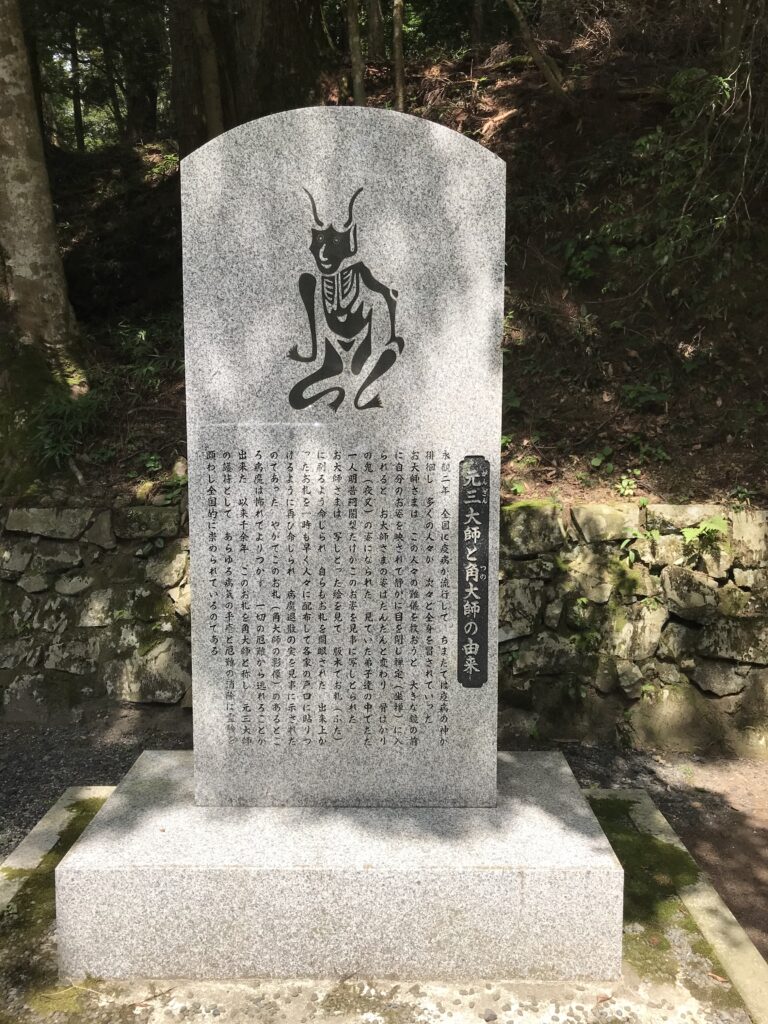
バス停に戻る道すがら、若者たちの大きな声が聞こえてきます。何かを唱和している声です。声のする建物の方に近寄って見ますと、そこは天台宗修行道場でした。僧侶になるために比叡山に集まった若者たちが、最澄の教えを面々と受け継いでいる姿が、そこにありました。(つづく)
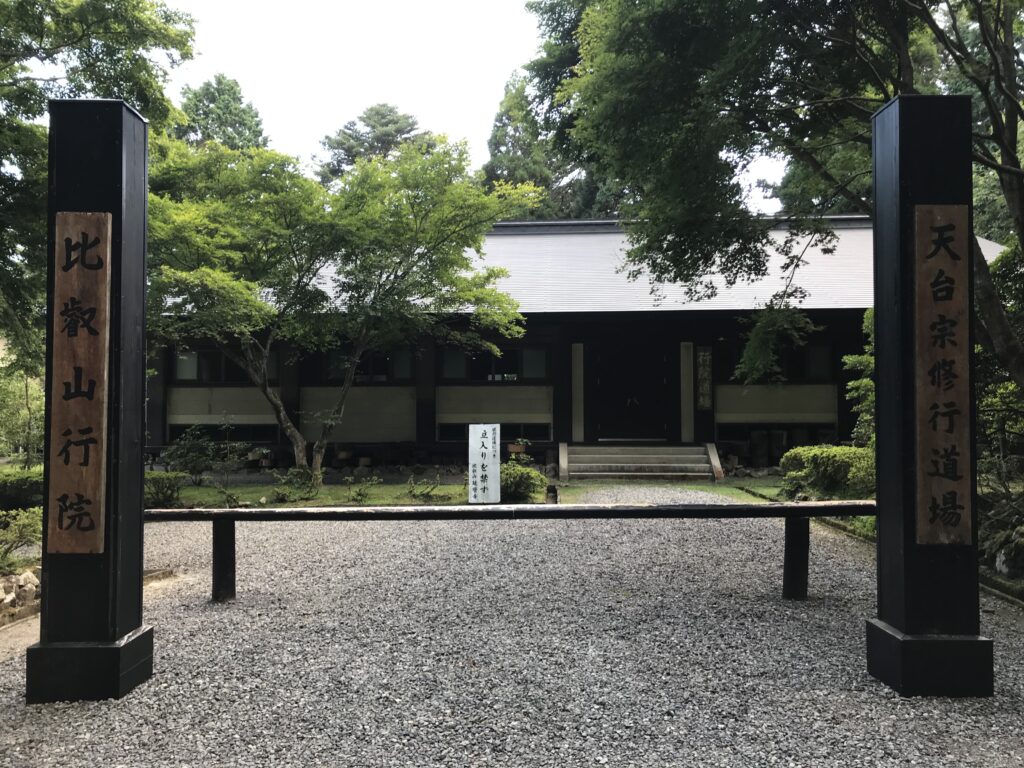
延暦寺の御朱印
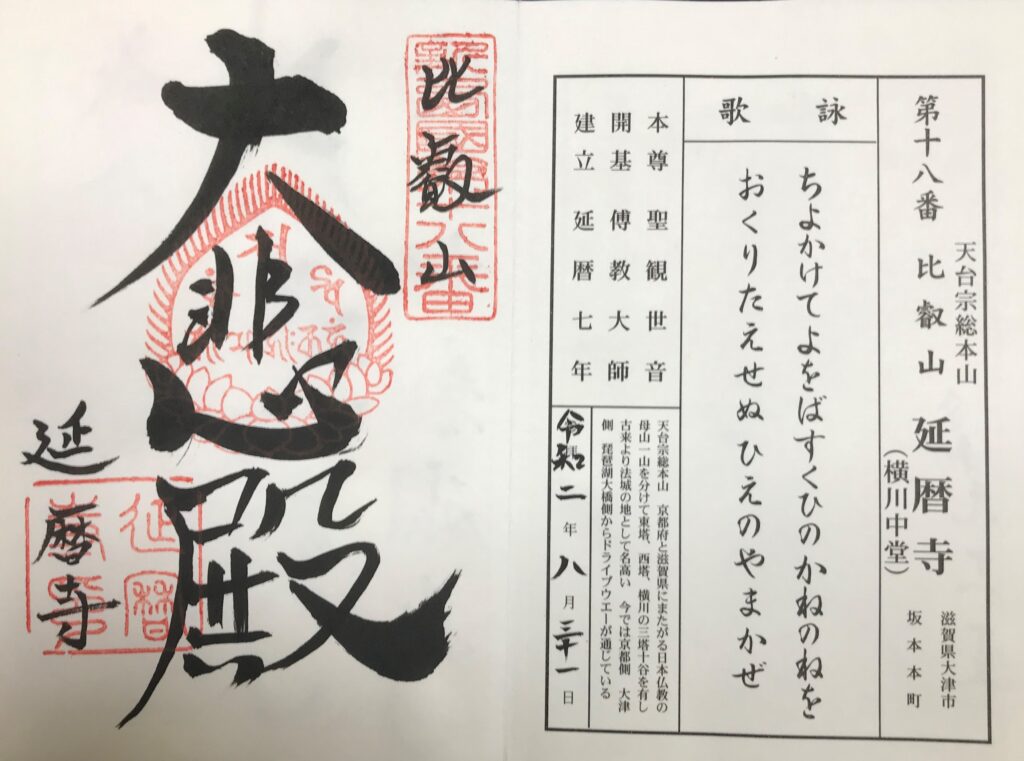
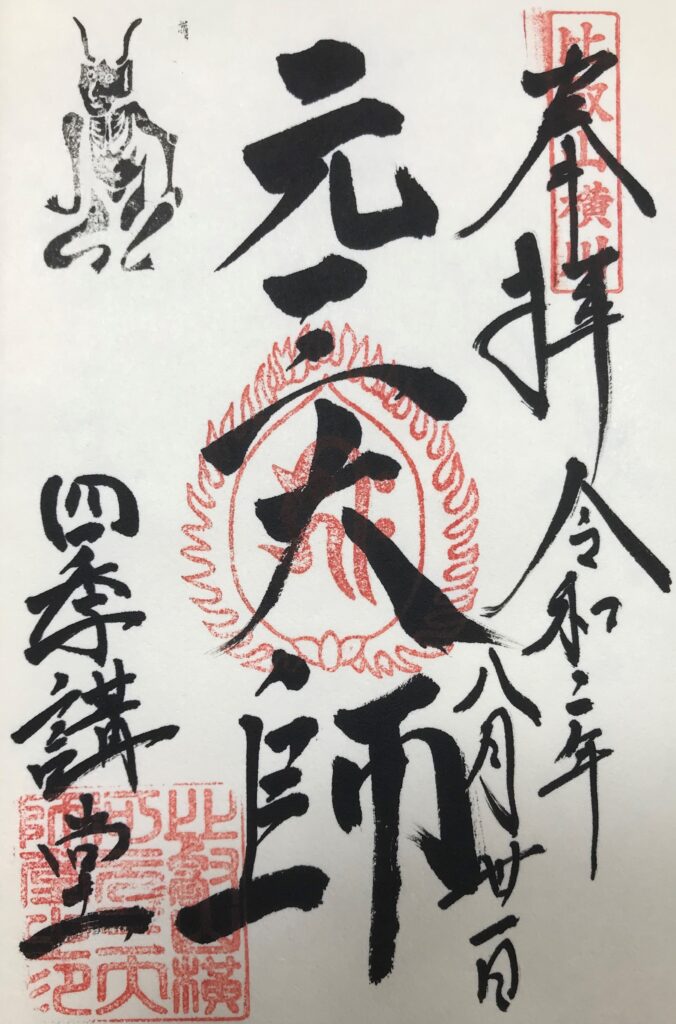
延暦寺が紹介されている書籍
神仏霊場会の公式ガイドブックに延暦寺が紹介されています。
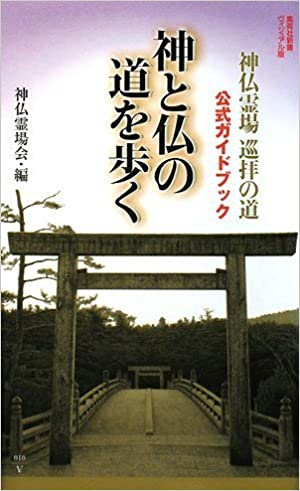
神と仏の道を歩く 神仏霊場巡拝の道公式ガイドブック (集英社新書ヴィジュアル版) [ 神仏霊場会 ]
価格:1,466円
(2021/5/6 09:24時点)
感想(5件)
Enryakuji Temple (1) Yokawa Chudo
Hieizan after more than 20 years
It has been a long time since I visited Mt. Hiei because the Yokawa Chudo Hall of Enryaku-ji Temple is the 18th temple of the New Sacred Sites of the Western Japan. The last time I was here was with my wife before we were married, so it was more than 20 years ago. I took the cable car and the ropeway from the last stop of the Eizan Electric Railway to the top of the mountain. It was somewhat cooler than in the lower area.
Shuttle bus to Yokawa area
From there I took a shuttle bus to the furthest Yokawa area. Previously, we visited only the East Pagoda area, but this time I intended to visit all of Yokawa area, the West Pagoda area, and the East Pagoda area. On the way from the Yokawa bus stop to the Yokogawa Chudo, there was a row of panels showing the footsteps of those who trained at Hieizan and founded the various schools of Kamakura Buddhism. You can see how Hieizan has produced many talented monks.
After paying my respects at Yokawa Chudo, I received a red seal. At that time, I asked the temple staff about the Omiei (Portrait), which is available at the New Sacred Sites of the Western Japan for Red Seal, and was told that there was a charge for this service. Other temples were free of charge, but only here did I have to pay to purchase one.
Ganzan Daishi is the Tsunodaishi
Walking through the trees was pleasant, so I strolled around the Yokawa area for a while and came to the Shiki Kodo (Ganzan Daishi Hall), the birthplace of Omikuji fortune-telling. Here I found a stone monument explaining the relationship between Ganzan Daishi and Tsunodaishi (pictured on the stone monument in the photo). I learned for the first time that Tsunodaishi was a reflection of Ganzan Daishi. In the past, I had received a piece of paper depicting Tsunodaishi at another temple as a talisman to ward off plague.
On the way back to the bus stop, I hear loud voices of young people. They were chanting something. When I approached the building where the voices were coming from, I found it to be a training center for the Tendai sect of Buddhism. There I saw young people who had gathered at Hieizan to become Buddhist monks, and who were carrying on the teachings of Saicho. (To be continued)
Temple Enryakuji (1) Yokawa Chudo
Hieizan après plus de 20 ans
Cela fait longtemps que je n’ai pas visité le mont Hiei car la salle Yokawa Chudo du temple Enryaku-ji est le 18e temple des nouveaux sites sacrés du Japon occidental. La dernière fois que je suis venu ici, c’était avec ma femme avant notre mariage, donc il y a plus de 20 ans. J’ai pris le téléphérique et la télécabine depuis le dernier arrêt du chemin de fer électrique Eizan jusqu’au sommet de la montagne. Il faisait un peu plus frais que dans la zone inférieure.
Navette pour la région de Yokawa
De là, j’ai pris une navette jusqu’à la zone la plus éloignée de Yokawa. Auparavant, nous n’avions visité que la zone de la pagode orientale, mais cette fois, j’avais l’intention de visiter toute la zone de Yokawa, la zone de la pagode occidentale et la zone de la pagode orientale. Sur le chemin de l’arrêt de bus de Yokawa au Yokogawa Chudo, il y avait une rangée de panneaux montrant les pas de ceux qui ont été formés à Hieizan et ont fondé les différentes écoles du bouddhisme de Kamakura. Vous pouvez voir comment Hieizan a produit de nombreux moines talentueux.
Après avoir présenté mes respects à Yokawa Chudo, j’ai reçu un sceau rouge. À ce moment-là, j’ai demandé au personnel du temple ce qu’il en était de l’Omiei (portrait), disponible sur les nouveaux sites sacrés du Japon occidental pour le sceau rouge, et on m’a répondu que ce service était payant. D’autres temples étaient gratuits, mais ce n’est qu’ici que j’ai dû payer pour en acheter un.
Le Ganzan Daishi est le Tsunodaishi.
La marche à travers les arbres était agréable, j’ai donc flâné un moment dans le quartier de Yokawa et je suis arrivé au Shiki Kodo (salle Ganzan Daishi), le lieu de naissance de la cartomancie Omikuji. J’y ai trouvé un monument en pierre expliquant la relation entre Ganzan Daishi et Tsunodaishi (représenté sur le monument en pierre sur la photo). J’ai appris pour la première fois que Tsunodaishi était le reflet de Ganzan Daishi. Dans le passé, j’avais reçu dans un autre temple un morceau de papier représentant Tsunodaishi comme talisman pour éloigner la peste.
Sur le chemin du retour vers l’arrêt de bus, j’ai entendu des voix fortes de jeunes gens. Ils chantaient quelque chose. Lorsque je me suis approché du bâtiment d’où provenaient les voix, j’ai découvert qu’il s’agissait d’un centre de formation de la secte bouddhiste Tendai. J’y ai vu des jeunes gens qui s’étaient rassemblés à Hieizan pour devenir des moines bouddhistes et qui poursuivaient les enseignements de Saicho. (A suivre)
